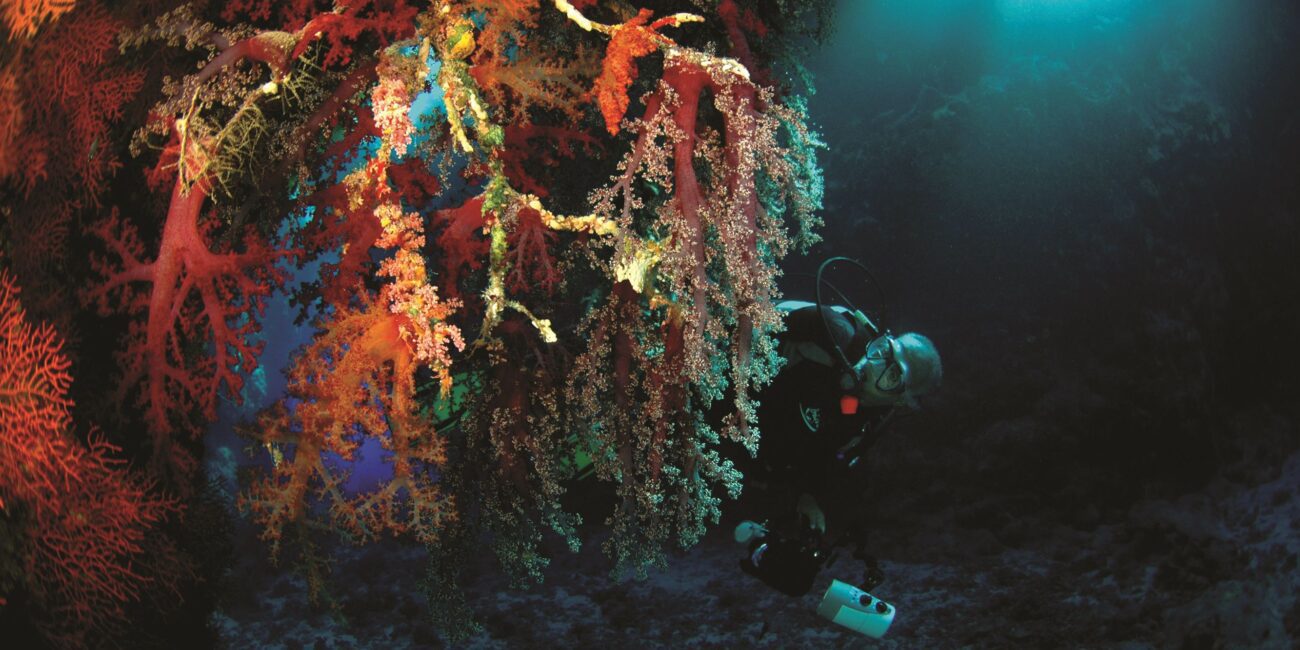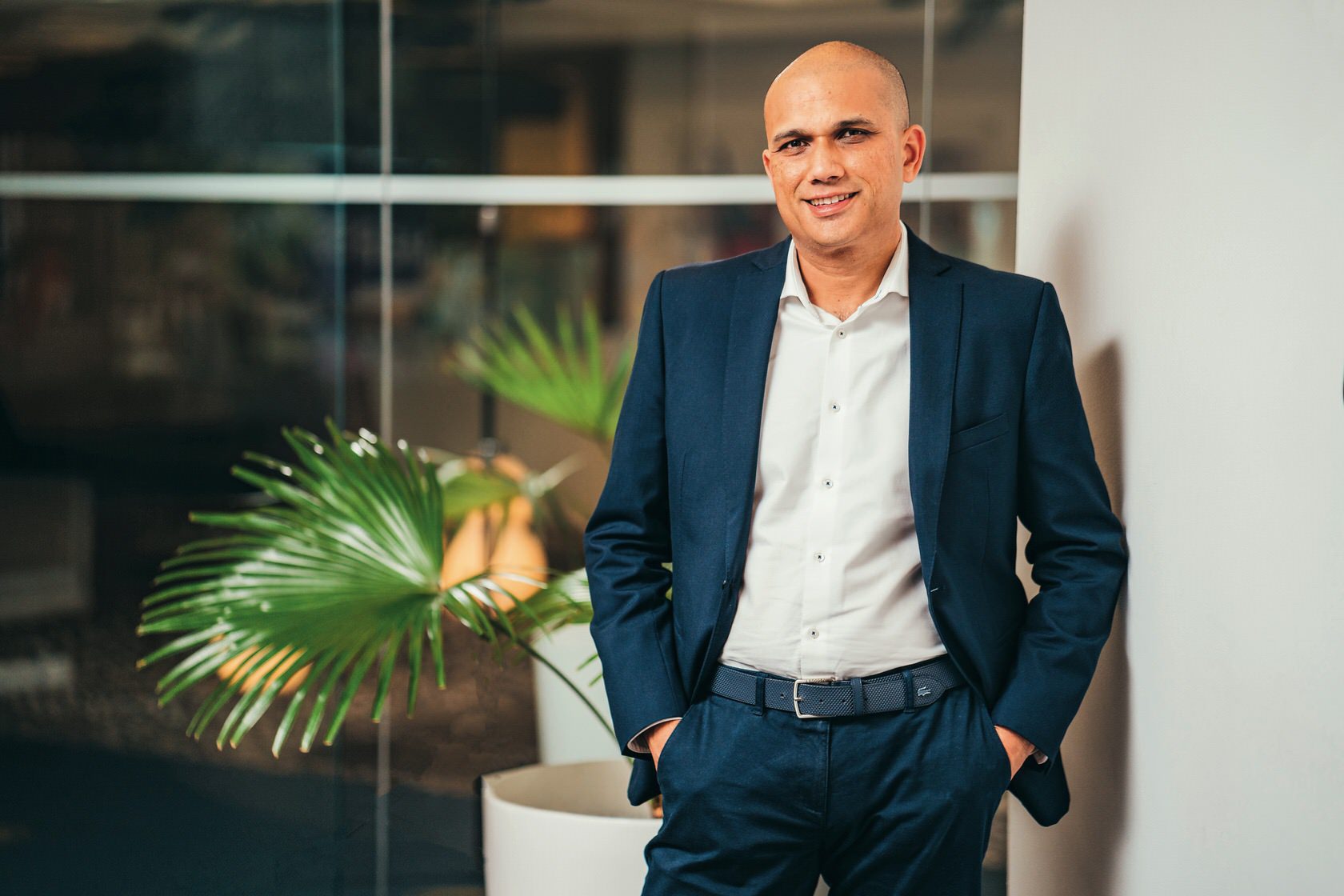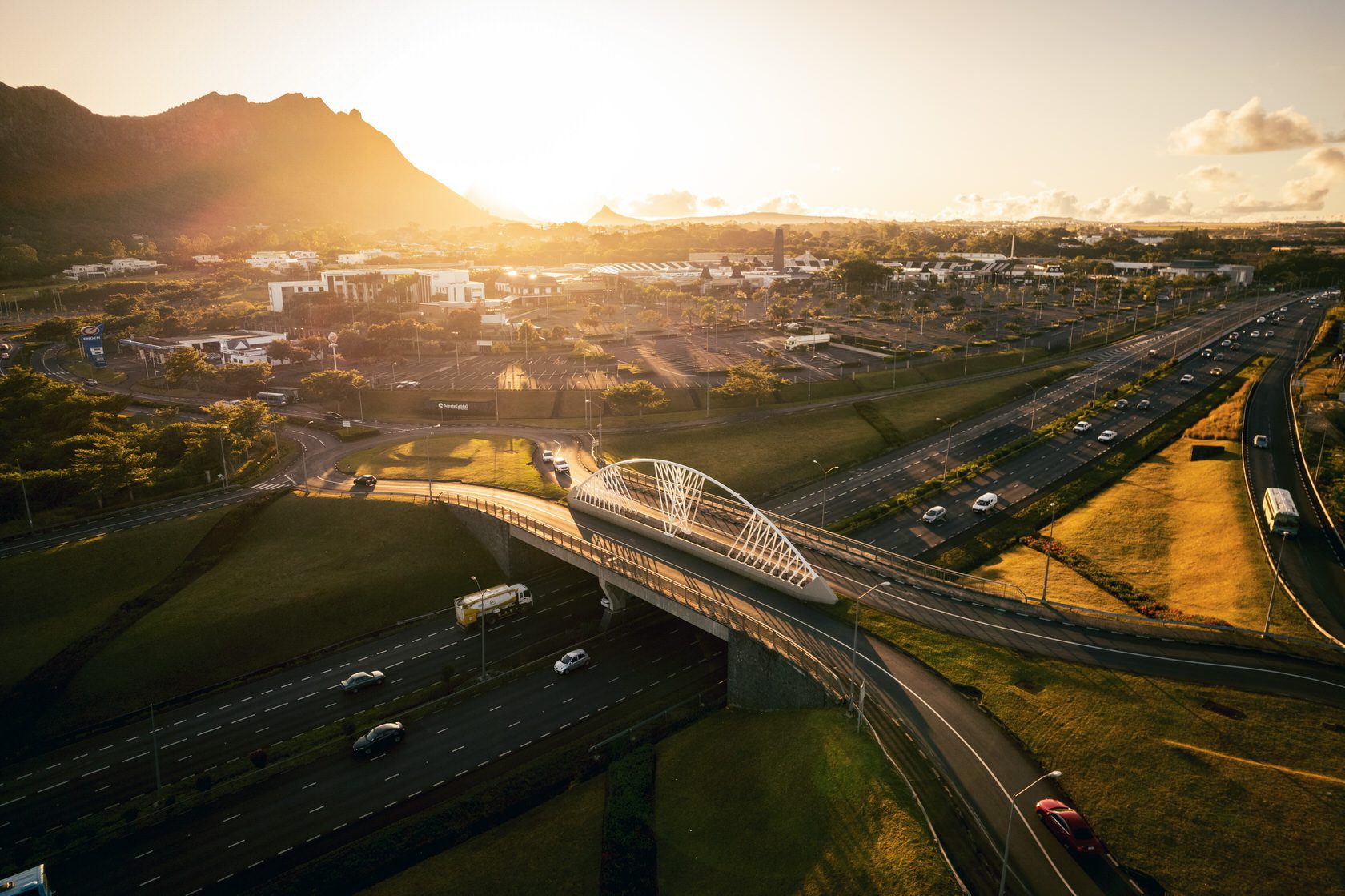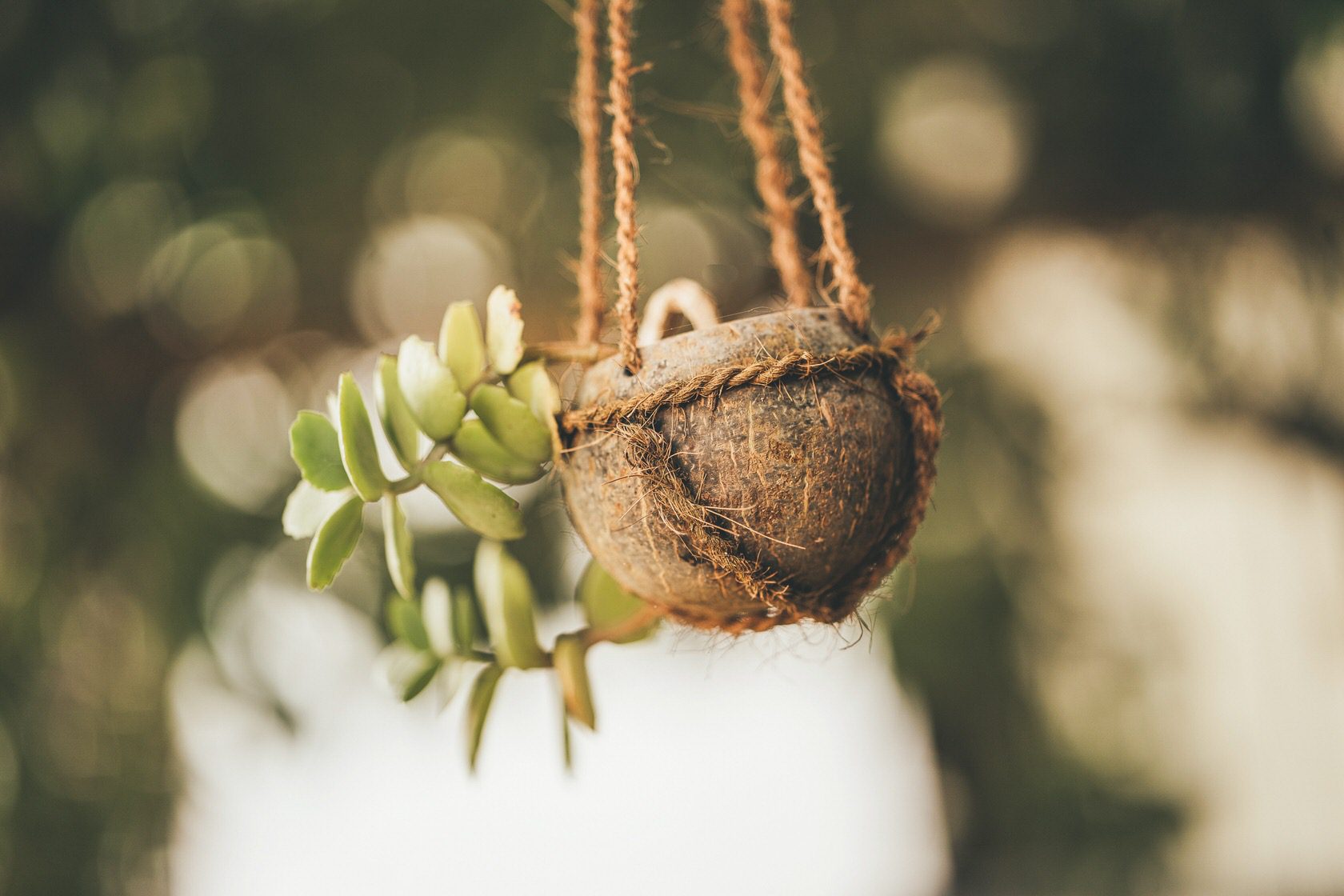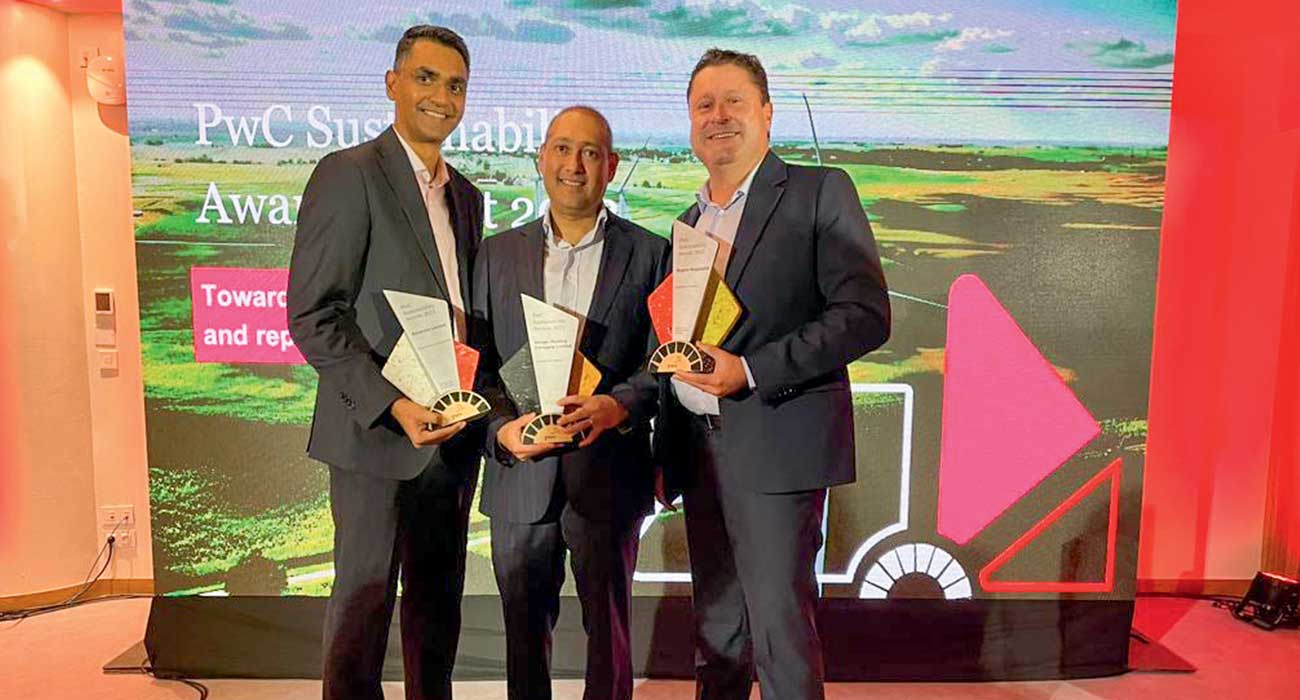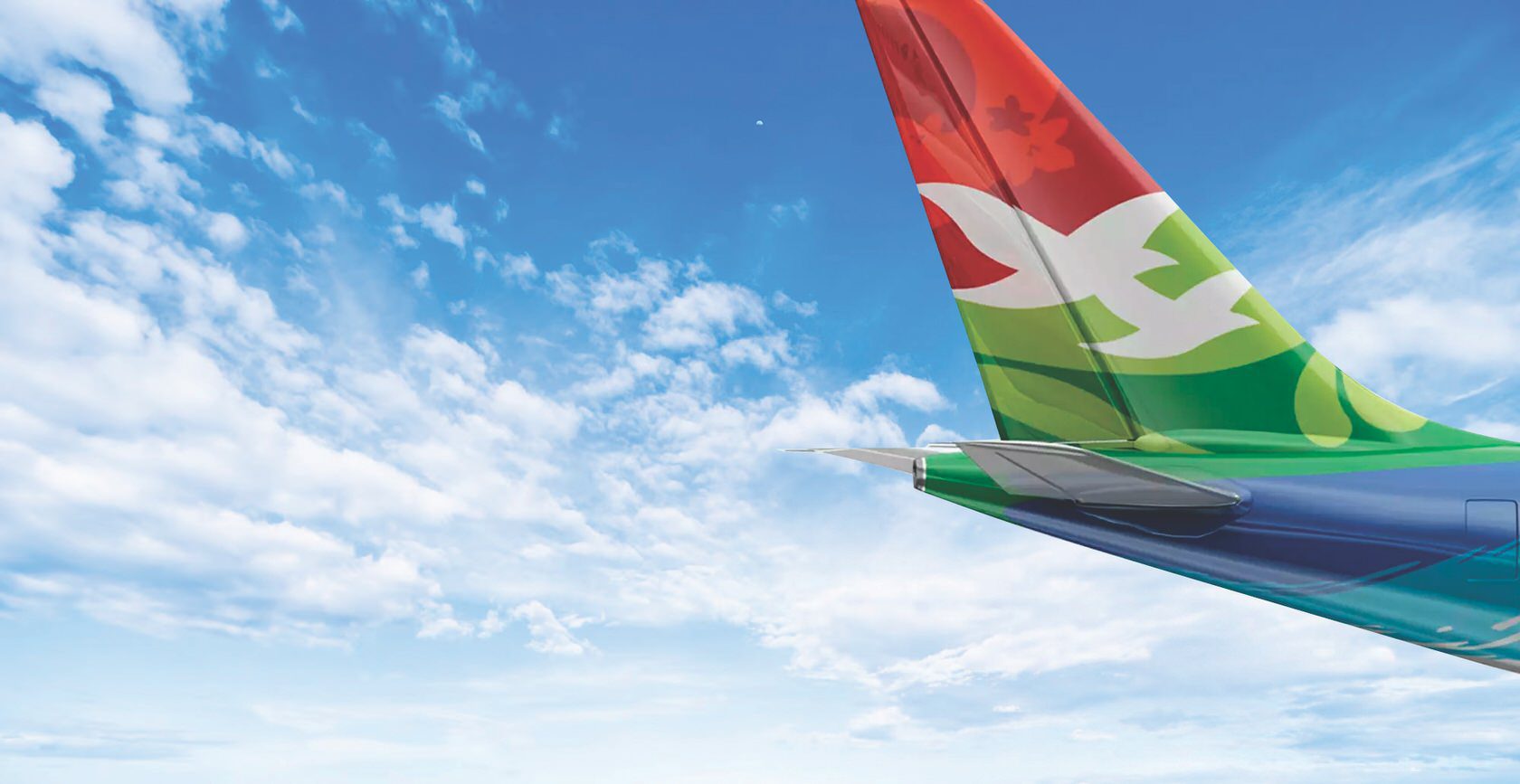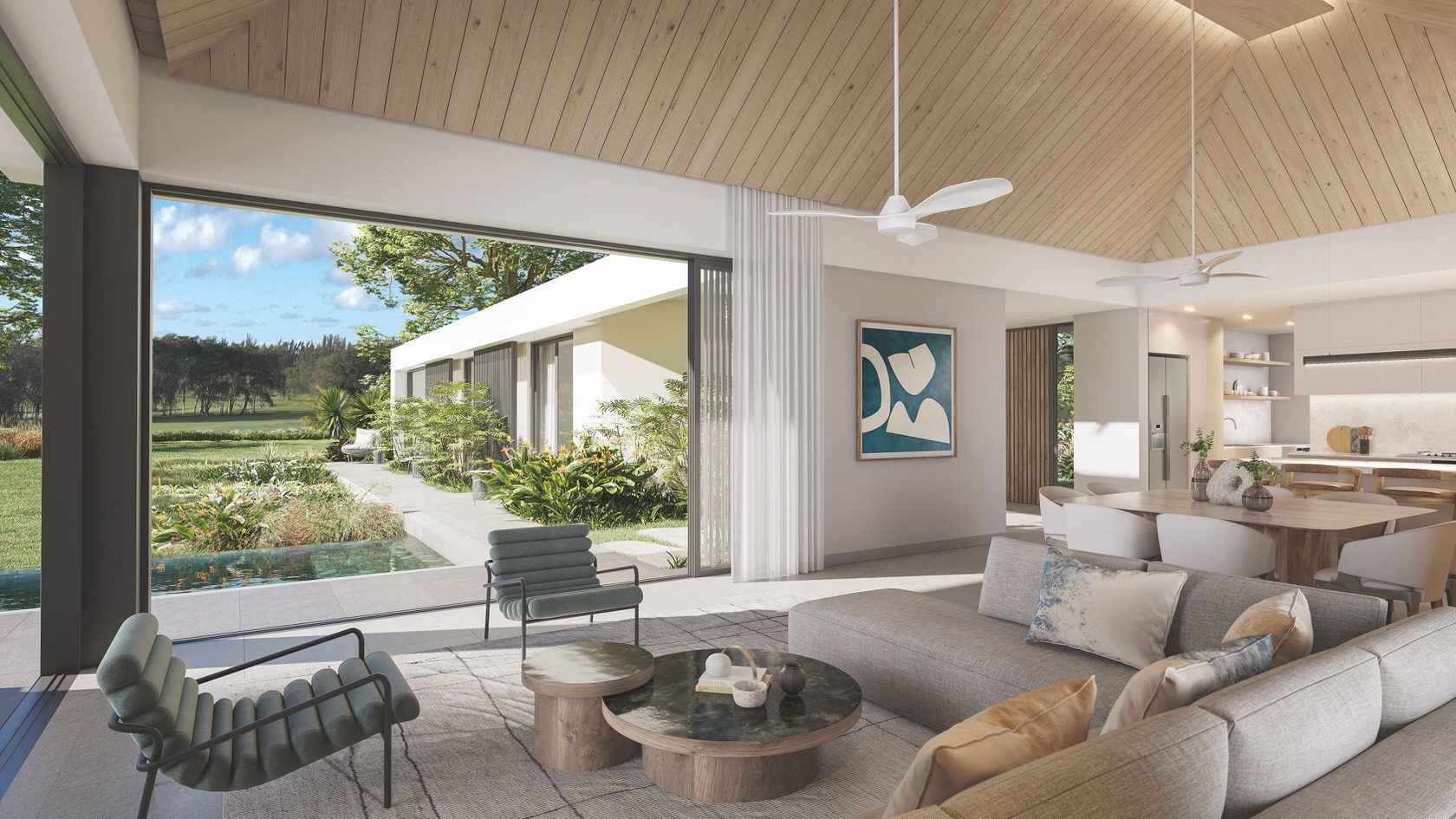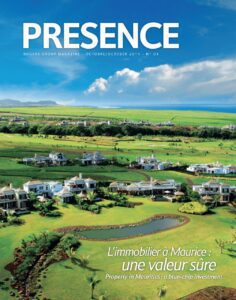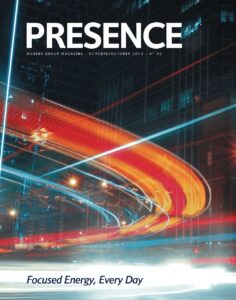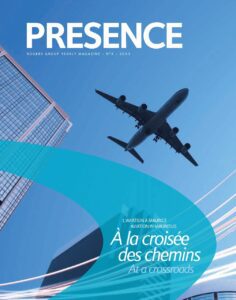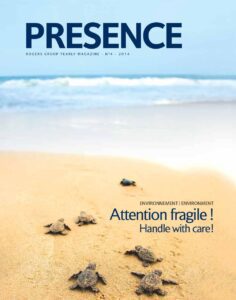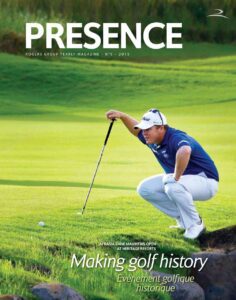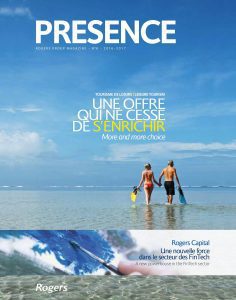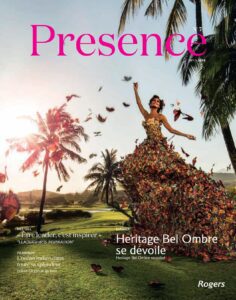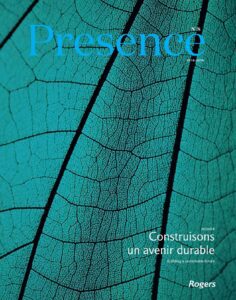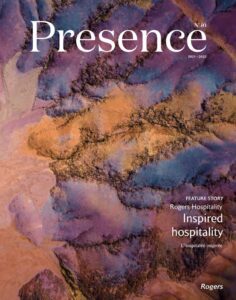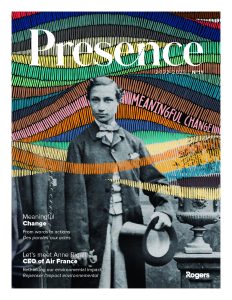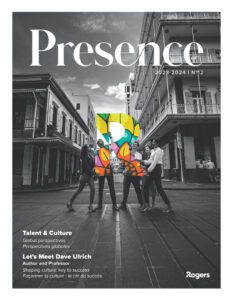A large number of policies, laws, rules and regulations have been drawn up to ensure a cleaner, healthier and more productive natural environment for Mauritius. However, the problem seems to reside in the gaps and inconsistencies in legislation, dispersed institutional responsibilities and skills, and inadequate application in relation to what is at stake both now and for the future.
photos : reef conservation | françois rogers | coi | eugène vitry
marianne cramer | jc guerri | andrew harcourt
albion fisheries research centre
The coastal and marine environment is a major resource for a small island state like Mauritius. Various stakeholders are involved, each in their own way, in promoting sustainable use of coastal resources and the preservation of marine diversity.
The state, for example, operates through various ministries including Environment, Agro-Industry through the National Parks & Conservation Service and the Forestry Department, and Fisheries under which the Albion Fisheries Research Centre operates. This Centre has four divisions – Fisheries Management, Aquaculture, Marine Conservation and Laboratory/Documentation Unit – and is the Ministry’s technical and applied research wing. The Marine Conservation Service is responsible for the six fishery reserves created in Port Louis, Poudre d’Or, Poste Lafayette, Trou d’Eau Douce, Grand Port and Black River, as well as the marine parks in Blue Bay and Balaclava. Mauritius’ marine protected areas, including the fishery reserves and marine parks, cover a total area of some 17,770 acres.
“The Blue Bay Marine Park is already delimited by various coloured buoys to distinguish the various zones. In Balaclava, zones have already been identified but not yet marked out. Permits are only given for authorised activities in these parks under the Fisheries & Marine Resources (Marine Parks) Regulations in order to protect biodiversity there,” Mira Hurbungs, Divisional Scientific Officer, explains. The marine park ecosystems, however, are subject to different pressures. Her department also handles Environmental Impact Assessments (EIA), particularly for projected developments in coastal or lagoon areas.
A long-term monitoring programme is being carried out on coral reef ecosystems at various sites around the island. A pilot project for the rehabilitation of damaged corals was also set up in Albion under the Africa Adaptation Programme in 2010, and extended to Trou aux Biches, Pointe aux Sables and the island’s two marine parks. Coral cuttings are planted on marine culture tables. “The results,” Mira adds, “are very encouraging and give us hope for gradual coral recovery.”
Another important project undertaken in recent years is the Aquaculture Division’s marine ranching activity.
This involves collecting fish larvae which are then raised at the Albion Fisheries Research Centre until they are a large enough size to be released back into the sea or handed over to fishermen’s co-operative fish farms. Meanwhile, the quality of lagoon water is controlled by the Centre’s laboratories to check chemical and biological standards. Other activities undertaken include technical assistance in replanting mangroves, educational and awareness campaigns, participation in environmental events, and visits by schoolchildren and retired people, as well as holding open days.
Coral cuttings are also made out in the laboratory of the Mauritius Oceanography Institute (MOI), which operates under the aegis of the Prime Minister’s Office. The Institute advises the government on the formulation and application of policy and programmes in the field of oceanography, as well as undertaking and co-ordinating research and development in its sector.
Some other initiatives have also been taken. As well as the current range of legislation concerning the management of coastal areas, many activities are governed by the EIA mechanism and preliminary environmental impact reports. A framework is also being drawn up for the integrated management of coastal areas and for a study on zones that are environmentally at risk.
The extraction of sand from lagoon areas has been banned since the early 1990s and restoration works have been undertaken in recent years to reduce coastal erosion. The protection of marine animals has also been re-inforced, not least because dolphin and whale watching has become a lucrative tourist activity. Measures have also been brought in to promote sustainable fishing activity. Mauritius has a biosphere reserve at Maccabee/Bel Ombre and three Ramsar sites (The Rivulet Terre Rouge Estuary Bird Sanctuary for migrating birds, the Blue Bay Marine Park and Pointe d’Esny) for the conservation and rational use of humid zones and their natural resources.
The sustainable island project, Maurice IIe Durable 5E, (Energy, Environment, Education, Employment and Equity), originally launched in 2007 and presented in June 2012 at the Rio+20 international conference, is the expression of a long-term vision for the country’s integrated economic, environmental and social development. The main objective is to make Mauritius an international model for sustainable development, particularly for small and developing island states (see also the interview with Joël de Rosnay on page 32).
Private sector companies also provide important support to coastal and marine environmental protection through social responsibility programmes. As well as one-off activities involving their staff, they provide financial and logistical support to NGOs active in the sector such as Reef Conservation, the Mauritian Wildlife Foundation, Eco-Sud and the Mauritius Marine Conservation Society. Aware of the need to preserve the island’s marine and coastal environment as a tourist attraction, some sector operators – hotels, dive centres, incoming travel agencies and other service providers – are actively involved in protection and conservation efforts.
At a regional and international level, ReCoMaP, a regional programme for the sustainable management of coastal zones of Indian Ocean countries, co-financed by the Indian Ocean Commission (IOC) and the European Union (EU), was initiated to zone coastal areas based on integrated economic, social and environmental considerations. Amongst other things, the ReCoMaP programme provided start-up funds in 2009 for volunteer work on a project for the setting up of marine conservation areas by Reef Conservation (see page 54).
In conjunction with the Seychelles, the IOC also organised a high-level meeting in March 2014 on New Approaches for Sustainable Fisheries under its SmartFish programme. In addition, last April the IOC signed a financing agreement with the EU for the continuation of the ISLANDS project (focusing on member countries’ sustainable development) until 2017. The first phase of the programme was run in participating countries from August 2011 until June 2014. The UNDP for its part has been very active on the environmental front for the last two decades through its Global Environment Facility Small Grants Programme (GEF SGP).
This is by no means an exhaustive list of the initiatives that have been undertaken but it seems increasingly necessary to intensify efforts in view of the challenges we face. As Pamela Bapoo-Dundoo, the National Coordinator for the GEF SGP programme underlines (see page 50), community involvement and awareness is also a key element in providing a real possibility of re-establishing our coastal and marine environment on a sound footing. Even if she says that she has seen “with much pleasure that young people are more and more environmentally aware, I still don’t think they are fully enough informed. Many people have little idea of their own environmental impact.”
René Heuzey has been making documentaries for various television stations and fighting for the preservation of the seas for 27 years. He reckons that “Governments are not doing enough given the changes affecting the planet.” The French underwater film-maker adds that “We are well aware that the sea’s resources are not inexhaustible. Although fishing quotas, for example, have remained unchanged for the last twenty years, global population has increased. We need to give fish stocks time to regrow.” René has been friends with the Mauritian professional diver, Hugues Vitry, since the filming in 1999 of Maurice et Rodrigues: joyaux des Mascareignes. Hugues reckons that, even if aquaculture is the way to meet future demand, “There are various factors that need taking into account to avoid making a complete mess of things.” (See also page 28).
They met up again in 2012 for the making of another film, this time on the sperm whales which live out at sea off Mauritius. René also assists the Marine Megafaune Conservation Organisation, which Hugues founded, by bringing ecotourists twice a year to the island to undertake an inventory of these marine mammals to assess changes in their numbers. René was also director of photography for Jacques Perrin’s and Jacques Cluzaud’s Oceans, which won the award for best documentary film in 2011 at the French Cesars. He emphasises that “We also need to watch pollution very carefully. For those of us who film underwater, it’s an alarming sight when you see a sea turtle half dead after mistaking a plastic bag for a jellyfish. Several years ago I can remember filming quite a few sharks in Mauritian waters. It’s much more difficult nowadays. The coral reefs also need preserving as they are one of the main links in the food chain – if we want to preserve our ecosystem.”
“You feel that we’re now beginning to do things, but they’re not enough,” he adds. “More and more resources are needed to protect the marine environment, which is very fragile. It’s true that it may be an expensive business, but you can’t put a price on the environment.”
MID 5E for sustainable development
While the primary objective of the Maurice Ile Durable 5E (MID 5E) project was to reduce the country’s dependence on fossil fuels through an increased use of renewable energy sources and more efficient use of energy in general, the concept has been extended to all areas of the economy, society and the environment that are considered essential for sustainable development. Amongst the environmental measures specified as part of the MID 5E project is the protection of coastal and marine ecosystems. y

